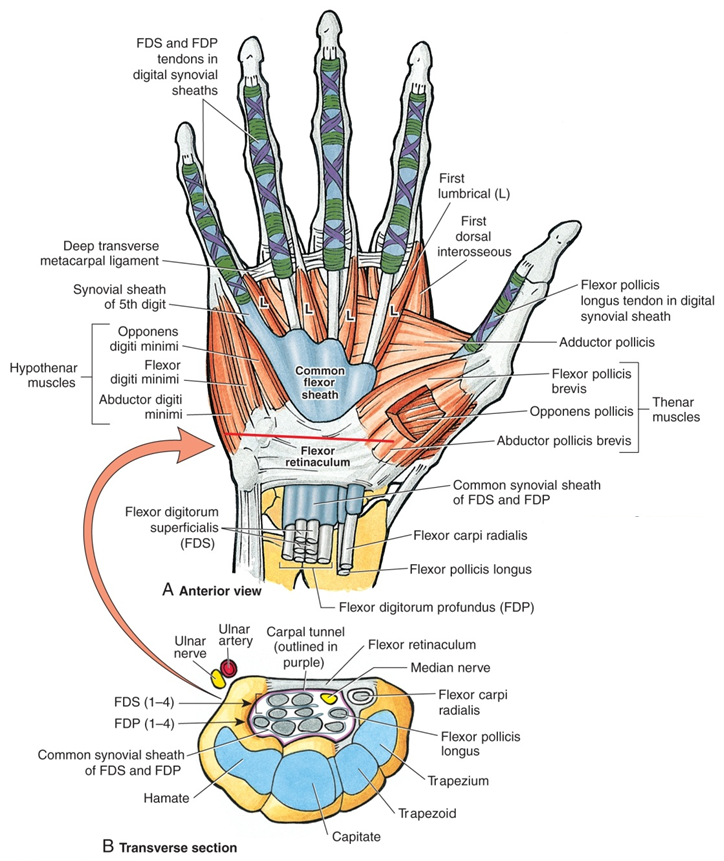

Avoid wrist positions and activities which are painful.Normal use of the hand can usually be resumed once comfort and strength have returned. The surgery opens the compartment to make more room for the inflamed tendons, which breaks the vicious cycle where the tight space causes more inflammation. When symptoms are severe or do not improve, surgery may be recommended. In some cases, simply stopping the aggravating activities may allow the symptoms to go away on their own. Each of these non-operative treatments help reduce the swelling, which typically relieves pain over time. A cortisone-type of steroid may be injected into the tendon compartment as another treatment option. Oral anti-inflammatory medication may be recommended. Your doctor may recommend resting the thumb and wrist by wearing a splint. The goal is to relieve the pain caused by the irritation and swelling. This maneuver can be quite painful for the person with de Quervain’s tendonitis. The wrist is then bent in the direction of the little finger (Figure 2 and 3). Signs and symptoms of deQuervain's tendonitis A wrist fracture can also predispose a patient to de Quervain’s tendonitis, because of increased stresses across the tendons. New mothers are especially prone to this type of tendonitis: caring for an infant often creates awkward hand positioning, and hormonal fluctuations associated with pregnancy and nursing further contribute to its occurrence.

The cause of de Quervain’s tendonitis is an irritation of the tendons at the base of the thumb, usually caused by taking up a new, repetitive activity. Making a fist, grasping or holding objects are common painful movements with this condition. The inflammation causes the compartment (a tunnel or a sheath) around the tendon to swell and enlarge, making thumb and wrist movement painful. The first and third compartments house tendons which control the thumb. There are six compartments on the dorsal, or back, side of the wrist.


 0 kommentar(er)
0 kommentar(er)
